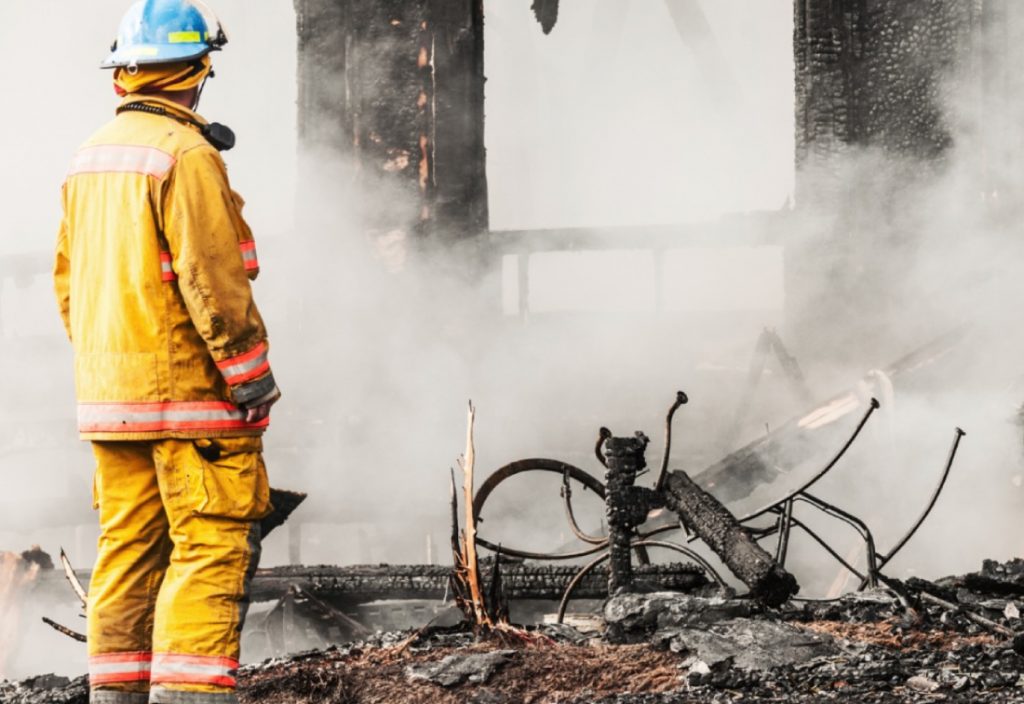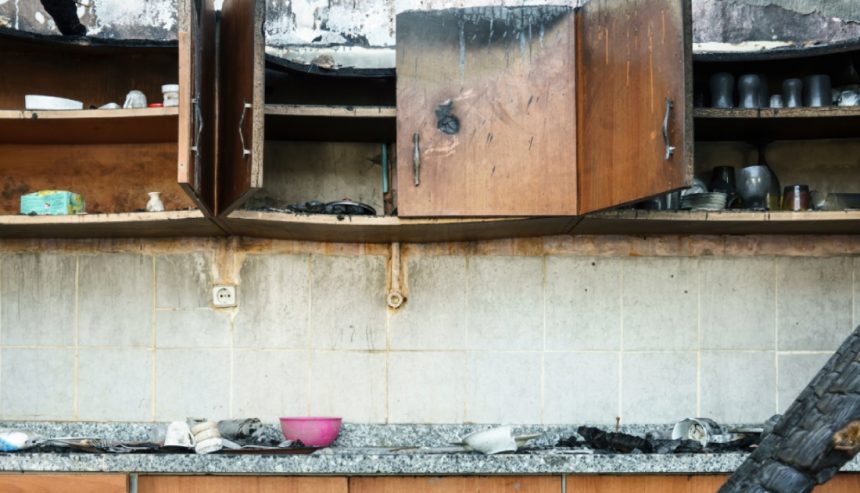Fire damage can be devastating, especially when it affects heritage sites. These sites hold historical, cultural, and architectural significance.
Preserving them is crucial.
However, fire damage restoration for these sites is not a straightforward task. It requires a delicate balance. The aim is to restore functionality while preserving historical value.
This article explores the techniques and best practices for fire damage restoration. It focuses on preserving the integrity and value of heritage sites.
Whether you’re a heritage site manager, a restoration professional, or simply interested in the process, this guide will provide valuable insights.
Join us as we explore the world of fire damage restoration in the context of heritage preservation.
The Urgency of Fire Damage Response in Heritage Sites
When a fire strikes a heritage site, immediate action is crucial. The longer the delay, the more the structure deteriorates.
This is why a swift response is vital. It minimizes further damage and starts the restoration process as soon as possible. This quick action can make a significant difference in preserving the historical value of the site.
Assessing Fire and Smoke Damage in Historical Buildings
Assessing the extent of fire and smoke damage in heritage sites is a complex task. It requires a deep understanding of the unique challenges that historical buildings present.
This assessment involves documenting and evaluating the condition of the structure post-fire. It’s a critical step in creating a comprehensive restoration plan. This plan ensures the preservation of the site’s historical integrity while addressing the damage caused by the fire.
The Role of Fire Damage Restoration Services in Heritage Preservation
Professional fire damage restoration services play a crucial role in preserving heritage. These experts have the knowledge and skills to handle the unique challenges that come with restoring historical buildings.
They use specialized techniques to clean soot and smoke without damaging historical materials. They also understand the importance of salvaging original materials whenever possible. This expertise ensures that the historical value of the site is maintained throughout the restoration process.
Customized Restoration Plans for Heritage Sites
Each heritage site is unique, with its history, architecture, and materials. This uniqueness requires a customized restoration plan. The plan should consider the specific damage, the historical significance of the site, and the materials used in its construction.
The restoration plan should also balance the need for functionality with the desire to preserve historical value. This balance is crucial in ensuring that the restored site can serve its intended purpose while maintaining its historical integrity.
Cleaning and Salvaging Techniques for Historical Materials
Cleaning and salvaging are critical steps in fire damage restoration. These processes involve removing soot, smoke, and other residues from the site. Special care must be taken when dealing with historical materials to prevent further damage.
Various techniques can be used, depending on the type of material. For instance, dry sponging can be used for soot removal from delicate surfaces. On the other hand, specialized cleaning solutions may be required for more resilient materials. The goal is always to salvage as much of the original material as possible to maintain the site’s historical integrity.
Structural Integrity and Safety Considerations

When restoring a heritage site after a fire, structural integrity and safety are paramount. Fire can weaken the structural elements of a building, making it unsafe for restoration teams and future occupants.
Professionals must assess the damage and stabilize the structure before any restoration work begins. This may involve reinforcing damaged beams, walls, or floors. It’s crucial to balance the need for safety with the desire to preserve the building’s historical character. This often requires a delicate and expert approach, highlighting the importance of hiring experienced fire damage restoration services.
Balancing Functionality and Historical Value in Restoration
Restoring a heritage site after a fire is a delicate task. It involves striking a balance between restoring functionality and preserving historical value. The goal is to make the building safe and usable while maintaining its historical integrity.
This often involves using historically accurate materials and methods in repairs. However, modern building codes and safety standards may require some updates. In such cases, restoration professionals must work creatively to meet these requirements without compromising the building’s historical character. This balance is a key aspect of fire damage restoration in heritage preservation.
The Use of Technology in Documenting and Assisting Restoration
Technology plays a crucial role in the restoration of heritage sites after a fire. It aids in documenting the extent of damage and assists in planning the restoration process. For instance, 3D scanning can create a detailed model of the site, capturing the intricacies of the architecture and the extent of the damage.
Moreover, digital archives and records can help restoration professionals recreate the original look of the site. They provide valuable information about the building’s history and its architectural details. Thus, technology is an indispensable tool in fire damage restoration for heritage preservation.
Collaborative Efforts in Heritage Restoration Projects

Restoring a heritage site after a fire is a collaborative effort. It involves historians, architects, conservationists, and restoration professionals working together. Each brings a unique perspective and expertise to the project, ensuring the historical accuracy and integrity of the restoration.
Moreover, local craftsmen and community members can also contribute to the restoration process. Their knowledge of traditional techniques and materials can be invaluable. Involving the community not only aids in the restoration but also helps in preserving the intangible heritage associated with the site.
Funding, Regulations, and Community Involvement
Funding for fire damage restoration of heritage sites can come from various sources. These include insurance, public-private partnerships, grants, and community fundraising. It’s crucial to explore all available options to ensure the restoration project is adequately funded.
Regulations also play a significant role in the restoration process. Local and national heritage preservation laws can impact restoration projects. Additionally, community involvement is essential. Public communication and participation in the restoration process can foster a sense of ownership and pride in the restored heritage site.
Conclusion: The Importance of Preserving Heritage Through Restoration
Preserving heritage through fire damage restoration is a testament to our resilience and respect for history. It’s a complex process that requires expertise, funding, and community involvement. But the result is worth it: a restored heritage site that continues to tell its story to future generations.
For expert fire damage restoration services in Burlington, contact PuroClean of Burlington today.




 PuroClean of Burlington
PuroClean of Burlington